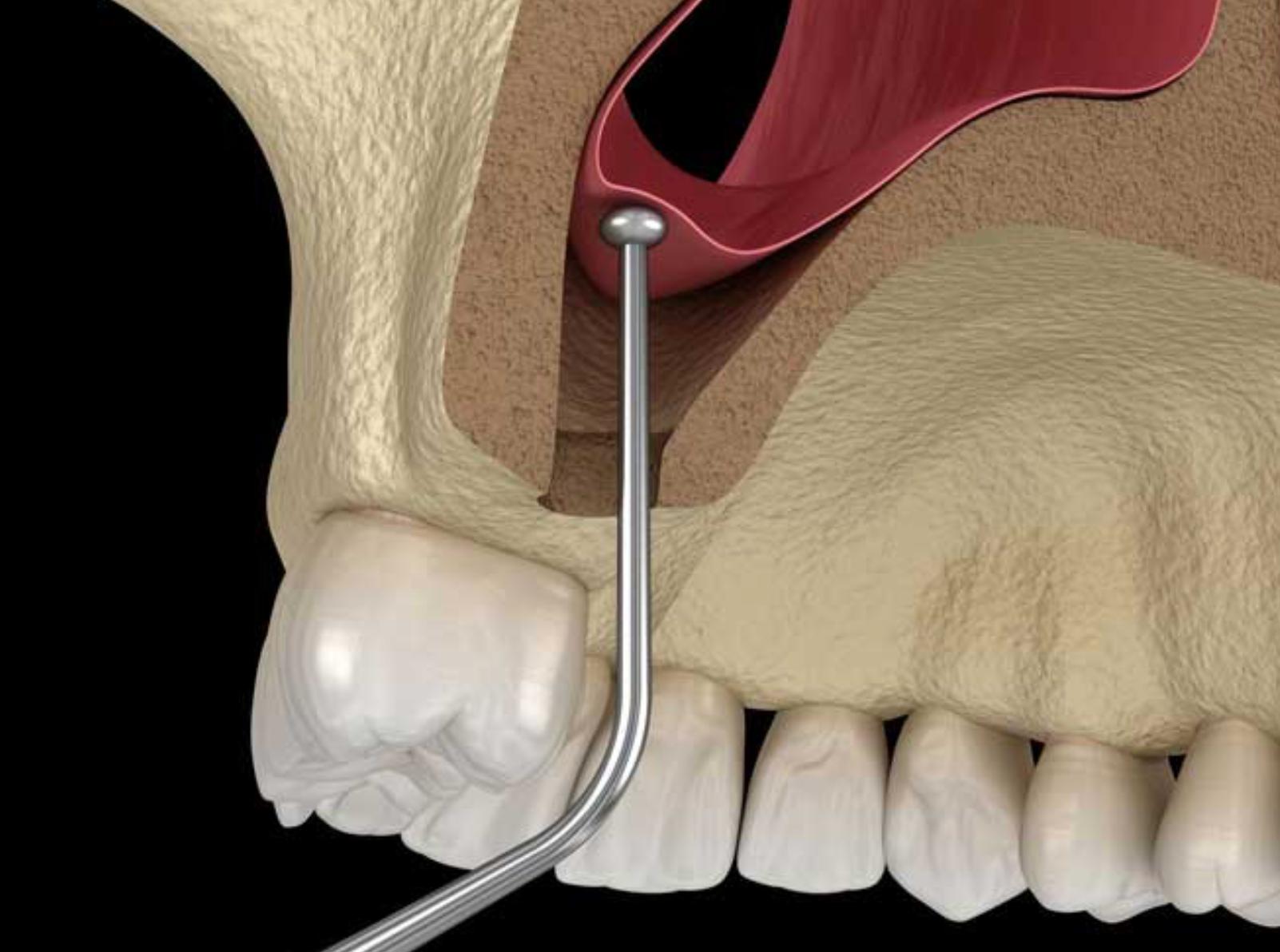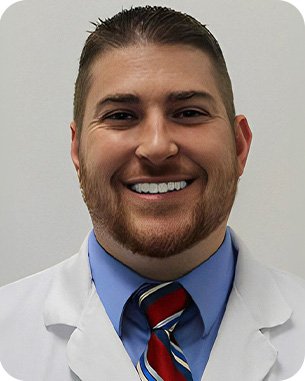Sinus lift procedures have become an essential part of modern implant dentistry, allowing for the successful placement of dental implants in the posterior maxilla, where bone volume is often inadequate due to sinus expansion or resorption. Traditionally, sinus lifts involved invasive surgical approaches with significant recovery times and potential complications. However, advancements in minimally invasive techniques have revolutionized this procedure, offering benefits such as faster recovery, reduced patient discomfort, and enhanced precision.
As trained dental professionals, it’s crucial to stay up to date with the latest innovations in sinus lift techniques. In this blog, we’ll explore some of the cutting-edge minimally invasive sinus lift procedures that are transforming implantology, improving patient outcomes, and enhancing overall surgical efficiency.
1. The Evolution of Sinus Lift Surgery: From Traditional to Minimally Invasive
Sinus lift surgery, also known as sinus augmentation, involves elevating the sinus membrane to create space for bone graft material, which promotes bone growth in the sinus cavity. Traditionally, sinus lift procedures required large incisions and significant soft tissue dissection, leading to longer healing times and increased risk of complications.
Key challenges of traditional sinus lift procedures:
- Invasive nature of the surgery requiring large incisions and flap elevation.
- Longer recovery times and post-operative swelling and discomfort.
- Higher risk of complications, such as sinus membrane perforation, infection, and graft rejection.
Over the past two decades, however, the development of minimally invasive techniques has drastically improved outcomes. The goal is to achieve the same clinical results—successful bone regeneration and implant placement—while minimizing surgical trauma, reducing recovery times, and increasing patient satisfaction.
2. Innovations in Minimally Invasive Sinus Lift Techniques
Several techniques have emerged in recent years to reduce the invasiveness of sinus lift procedures. These methods focus on less traumatic access, smaller incisions, and faster recovery. Let’s dive into some of the most innovative approaches currently shaping the field.
a. Osteotome Technique
The osteotome technique is one of the most well-established minimally invasive methods for sinus lifting. This technique involves using a series of instruments (osteotomes) to gently elevate the sinus membrane from below, without the need for a large flap incision or extensive bone removal.
Key features of the osteotome technique:
- Less invasive: Small vertical incisions are made, and the sinus membrane is lifted from the bottom of the sinus cavity using a series of progressively larger osteotomes.
- No flap elevation: The procedure can be performed with limited soft tissue disruption, reducing swelling and discomfort.
- Faster recovery: Patients typically experience less pain, swelling, and bruising, leading to quicker healing times.
Clinical Tip: The osteotome technique works best when there is at least 4-5mm of residual bone in the sinus area. It is often used in lateral window sinus lifts to achieve more controlled and predictable bone formation.
Case Study:
A recent case demonstrated the effectiveness of the osteotome technique in a patient with minimal sinus floor height. The use of an osteotome system for elevating the sinus membrane resulted in predictable bone augmentation, allowing for immediate implant placement and a faster recovery compared to more traditional approaches.
b. Balloon Sinus Lifting Technique
The balloon sinus lift is another innovative minimally invasive technique. This procedure uses a specially designed balloon catheter that is inserted into the sinus cavity through the lateral wall of the maxilla. The balloon is then inflated to gently lift the sinus membrane and create space for grafting material.
Advantages of the balloon technique:

Get full access to this article, many others published weekly, and a library of exclusive resources by becoming an ADI MEMBER today. Stay informed, expand your knowledge, and connect with leading professionals in dentistry.
Already a member? Login Now













